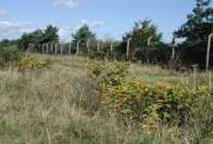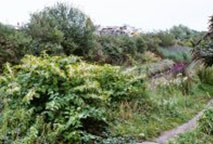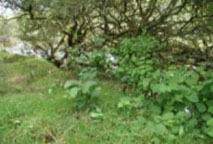What you need to know...
Not all Japanese Knotweed problems are the same. This is why, at Cardiff Ground Care, we treat each Japanese knotweed removal situation individually. Happily, some infested areas can be quite simple to treat at minimal cost.
We also provide a one off consultation where we put a knotweed management plan in place for the client to continue with. This can be very cost effective.
We also provide a more in-depth service for property developers who have a responsibility to either remove Japanese knotweed or contain and treat on site.
Chemical control of Japanese knotweed
Our experience proves the most effective time to treat Japanese knotweed with herbicides is in late summer. This proves to be much more effective in damaging the underground rhizome system than applying herbicides earlier in spring.
All our operatives who carry out the chemical treatment have many years experience in treating and eradicating Japanese knotweed and carry the PA1 & PA6 National Proficiency Tests Council (NPTC) certification. We also are PA6AW NPTC qualified to apply chemical near, on and in watercourses and we seek permission from the environment agency prior to commencing work.
Treatment with herbicide may have to continue for at least three years before Japanese knotweed stops growing back. Even when the plant stops growing back, any soil removed from the area is likely to have dormant rhizome and must be disposed of as described within the knotweed code of practice. Cardiff Ground Care provide a grounds maintenance system in the Cardiff area which can take care of this for you.
Physical control of Japanese knotweed
Cutting can be effective to reduce underground biomass. Treating mature stems in late summer provides the most effective herbicide control. If it is not possible to treat the mature stems (eg. because of the spray drifting), the stems can be cut in the spring and the re-growth treated in late summer. This reduces the height and mass of the canes. The plant should always be cut at the base of the stem. Methods such as flailing and strimming produce fragments of the plant so therefore should be avoided so as to prevent a small part of the stem germinating and producing a new plant.
Studies have shown that with four cuts a year the plant loses its strength and reduces the underground biomass. The first cut should be carried out when the first shoots appear and the last cut should be done when the plant before it dies back in the autumn (September or October). Annual cutting will be required. Cut stems should be thoroughly dried before they are burnt or taken to a licensed landfill site.
Whenever Japanese knotweed is moved from a site, precautions must be taken to ensure that it doesn't spread to other areas. It will also need to be disposed of properly.
Again, you can be confident that a grounds maintenance programme provided by Cardiff Groundcare will take care of all this with the minimum of inconvenience to you.
Advice for landowners and gardeners
As a landowner, gardener, riparian owner or wildlife site manager it is important to be aware of Japanese Knotweed and, if you have it on your site, to control it. If you suspect you may have Japanese knotweed on your property, please don't hesitate to contact us for advice
Due to Japanese Knotweed being one of Britain’s most invasive plants, the prevention of its spread under the Wildlife and Countryside Act 1981 is a legal obligation for landowners. It can prove both difficult and expensive to manage but non-management or intervention is not an option. Early treatment of a new colony is quicker, cheaper and preferable to leaving it to become established.
Cardiff Ground Care have proved to be both cost effective and successful in the treatment, management and eradication of Japanese Knotweed.
We also treat invasive weeds such as Ragwort, Himalayan Balsam and Giant Hogweed
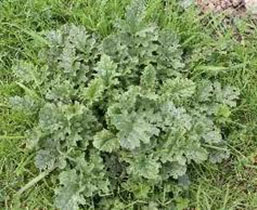 Ragwort
Ragwort
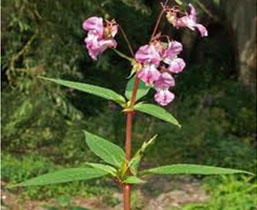 Himalayan Balsam
Himalayan Balsam
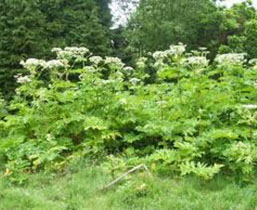 Giant Hogweed
Giant Hogweed





